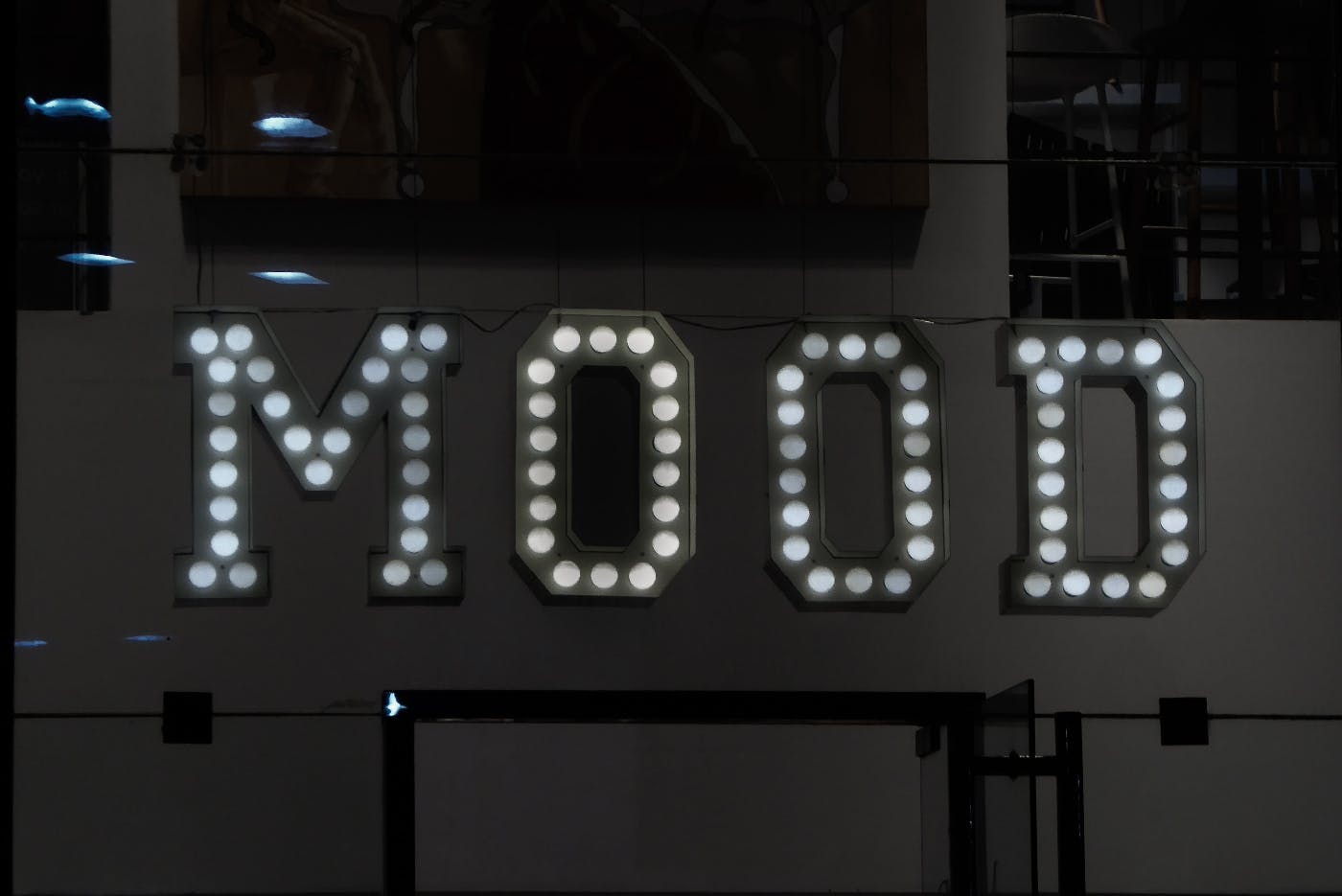
Typography encompasses the style, arrangement, and appearance of text on a website, and it plays a pivotal role in shaping the user's experience.
Typography is an integral element of website design that often goes unnoticed by the casual observer. However, its significance cannot be overstated. Typography encompasses the style, arrangement, and appearance of text on a website, and it plays a pivotal role in shaping the user's experience. A well-thought-out typographic design can greatly enhance a website's aesthetics, readability, and overall user engagement. This article will explore the importance of typography in website design and how it influences how visitors perceive and interact with a site.
First Impressions Matter
When a visitor lands on a website, one of the first things they encounter is the text. Typography sets the tone for the entire user experience. The choice of fonts, sizes, and spacing conveys a message about the brand's identity and professionalism. For example, a website using a sleek and modern sans-serif font may communicate a sense of contemporary design, while a site using a classic serif font might suggest tradition and timelessness. The first impression created by typography can either encourage visitors to explore further or drive them away.
Readability and Accessibility
One of the primary functions of text on a website is to convey information. The website's purpose is defeated if the text is not easily readable. Typography directly influences the readability of content. Factors such as font choice, size, line spacing, and contrast are crucial for ensuring that users can easily read and understand the text. Moreover, web accessibility standards demand that websites be designed to accommodate people with disabilities, and typography plays a significant role in making content accessible to all users, including those with visual impairments.
Brand Consistency
Typography is a key component of brand identity. Consistency in typography across a website is essential for reinforcing brand recognition and maintaining a cohesive design. Whether it's the choice of a specific font, color scheme, or typographic hierarchy, these elements should be consistent throughout the site. This uniformity helps users associate the design with the brand and builds trust over time.
User Engagement
Typography can be used strategically to guide users through the website and draw their attention to specific elements. Headings and subheadings in larger, bolder fonts can direct users to essential information, while varied font styles can help emphasize calls to action or important messages. The right typography can influence how users interact with a website, leading them to explore more, click on links, and ultimately take desired actions.

Emotional Impact
Typography isn't just about aesthetics and readability; it also has the power to evoke emotions. Certain fonts and styles can convey a sense of authority, warmth, playfulness, or urgency. For example, a website for a charity organization might use a script font to evoke empathy and compassion. At the same time, an e-commerce site could employ bold and straightforward typography to prompt quick decision-making. The emotional resonance of typography can greatly impact how users perceive a website and the messages it conveys.
Mobile Responsiveness
In an era where mobile devices are prevalent, responsive web design is essential. Typography plays a crucial role in this aspect as well. Text that is legible on a large desktop screen might become tiny and unreadable on a smartphone. Web designers must consider how typography scales across different screen sizes and orientations to ensure a consistent and pleasant reading experience for all users.
Search Engine Optimization (SEO)
Typography also influences a website's SEO. Search engines use algorithms to evaluate various elements of a website, including text. Properly formatted text with headings, subheadings, and relevant keywords in the right typography can improve a site's search engine ranking. Moreover, the use of responsive typography and fast-loading web fonts can enhance a website's performance, which is another crucial factor for SEO.
Global Reach
Websites are accessible to a global audience, and typography is essential in addressing users' linguistic and cultural diversity. Multilingual websites must incorporate appropriate typography for various languages, ensuring that the text displays correctly and remains readable. Choosing fonts that support multiple character sets and diacritics is vital for making a website accessible to users from different linguistic backgrounds.
Loading Speed
The choice of typography can impact a website's loading speed. Heavily stylized or custom fonts can slow down page loading times, leading to a poor user experience, particularly on slower internet connections or less powerful devices. To maintain optimal performance, Web designers must balance aesthetically pleasing typography and fast-loading fonts.

Aesthetics and Artistry
Typography is a form of visual artistry on the web. It can transform a mundane website into a visually appealing masterpiece. From elegant serifs to sleek sans-serifs, web designers have an array of tools at their disposal to create unique and memorable typographic designs. The combination of fonts, colors, spacing, and alignment can turn text into a work of art, enhancing the site's overall aesthetics.
Summing Up
Typography is far more than just a technical aspect of website design. It is a powerful tool influencing user perception, engagement, and overall user experience. A well-considered typographic design can enhance the visual appeal, readability, and accessibility of a website. It shapes the brand identity, guides users, and conveys emotions. To create a successful website, designers must recognize the significance of typography and use it strategically to communicate effectively with their audience.
You Should Know
ThoughtLab is a dynamic and innovative full-service creative agency renowned for its exceptional branding prowess and relentless commitment to thinking outside the box. With a team of visionary creatives, strategists, Web3, and marketing experts, plus decades of superior website design, ThoughtLab consistently delivers groundbreaking solutions that redefine the boundaries of branding and design. They understand that breaking away from convention and embracing bold, unique ideas is vital in today's fast-paced and competitive landscape.
ThoughtLab's approach involves immersing themselves in their client's businesses, understanding their values and aspirations, and crafting tailor-made branding experiences that resonate deeply with the target audience. Their track record of success stands as a testament to their ability to push creative boundaries, captivate audiences, and ensure their client's brands stand out amidst the noise. With a focus on innovation and a passion for excellence, ThoughtLab continues to be at the forefront of revolutionizing the world of branding and marketing. Contact ThoughtLab today.

